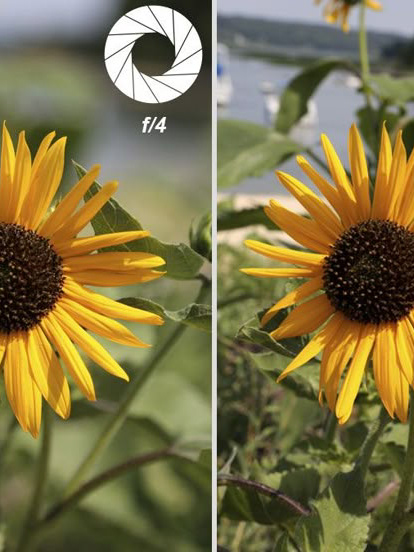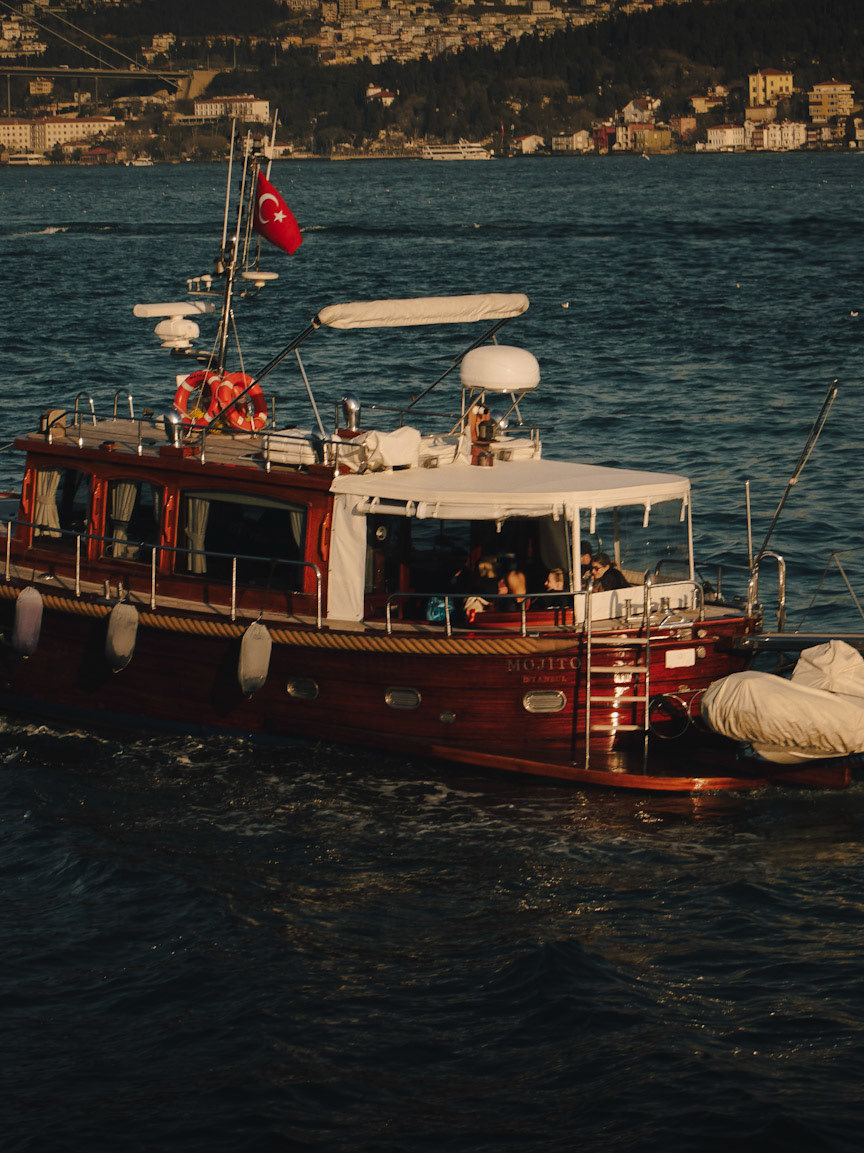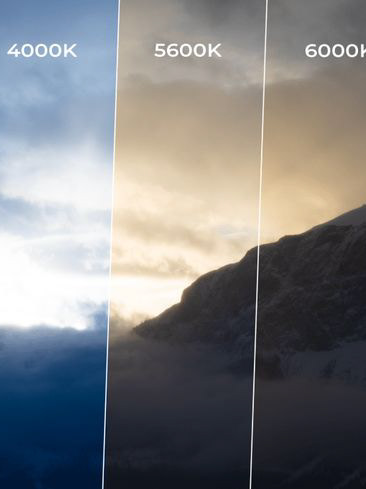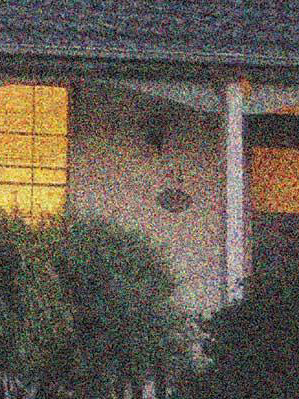Uzun pozlama, fotoğraf makinesinin deklanşörünün normalden daha uzun süre açık kalmasıyla yapılan bir çekim tekniğidir. Bu yöntemle hareketli nesneler bulanıklaşırken sabit nesneler net kalır. Özellikle gece manzaraları, yıldız izleri, akan su, trafik ışıkları gibi sahnelerde kullanılır. Uzun pozlama sayesinde ışığın sensöre daha fazla ulaşması sağlanır ve bu da loş ortamlarda bile parlak ve detaylı görüntüler elde edilmesine yardımcı olur.
Uzun pozlama yapabilmek için genellikle düşük ISO değeri, küçük diyafram (yüksek f değeri) ve uzun enstantane süresi (örneğin 1 saniye ve üzeri) tercih edilir. Tripod kullanmak, görüntünün net olması için çok önemlidir çünkü uzun sürede en küçük el titremesi bile fotoğrafı bulanıklaştırabilir. ND filtre (nötr yoğunluk filtresi) kullanılarak gündüz vakti de uzun pozlama yapılabilir. Bu filtreler, sensöre ulaşan ışığı azaltarak daha uzun pozlamalara izin verir. Ayrıca zamanlayıcı ya da uzaktan kumanda kullanmak, deklanşöre basarken oluşabilecek sarsıntıyı engeller.
Sonuç olarak, uzun pozlama tekniği, zamanın akışını bir karede göstermek ve sıradan sahnelere yaratıcı bir etki katmak için güçlü bir araçtır.
Long exposure is a photography technique where the camera’s shutter remains open for a longer period than usual. With this method, moving objects appear blurred while stationary objects stay sharp. It is commonly used in scenes like night landscapes, star trails, flowing water, and traffic lights. Long exposure allows more light to reach the sensor, making it possible to capture bright and detailed images even in low-light environments.
To achieve a long exposure, photographers typically use a low ISO value, a small aperture (high f-number), and a slow shutter speed (such as 1 second or longer). Using a tripod is essential to keep the image sharp, as even slight hand movements during a long exposure can cause blur. ND (neutral density) filters are helpful for doing long exposures during the day, as they reduce the amount of light entering the lens, allowing longer shutter speeds. Additionally, using a timer or remote shutter release prevents camera shake when pressing the button.
In conclusion, the long exposure technique is a powerful tool to show the passage of time in a single frame and add a creative touch to ordinary scenes.



